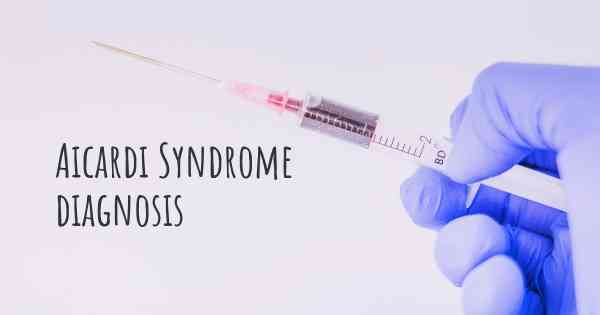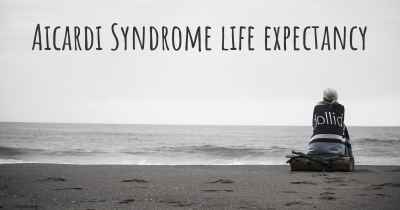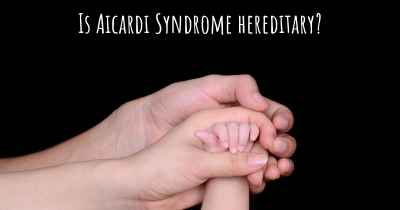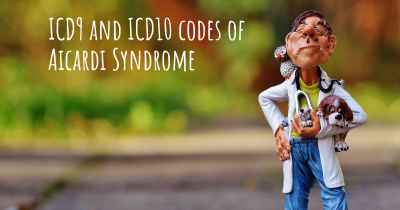How is Aicardi Syndrome diagnosed?
See how Aicardi Syndrome is diagnosed. Which specialists are essential to meet, what tests are needed and other useful information for the diagnosis of Aicardi Syndrome

How is Aicardi Syndrome diagnosed?
Aicardi Syndrome is a rare genetic disorder that primarily affects females. It is characterized by the absence or underdevelopment of the corpus callosum, which is the structure that connects the two hemispheres of the brain. This condition leads to a range of neurological and developmental abnormalities. Diagnosing Aicardi Syndrome can be challenging due to its rarity and the variability of symptoms among affected individuals.
Medical History and Physical Examination:
Diagnosing Aicardi Syndrome typically begins with a thorough medical history review and physical examination. The doctor will inquire about the child's developmental milestones, any seizures or abnormal movements, and any other symptoms that may be present. During the physical examination, the doctor will look for physical abnormalities, such as characteristic facial features, structural brain abnormalities, and signs of developmental delay.
Neuroimaging:
Neuroimaging plays a crucial role in the diagnosis of Aicardi Syndrome. Magnetic Resonance Imaging (MRI) is the most commonly used imaging technique. It allows for detailed visualization of the brain structures and can help identify the absence or underdevelopment of the corpus callosum, which is a hallmark feature of Aicardi Syndrome. Additionally, MRI can reveal other brain abnormalities, such as cortical malformations or cysts, which are often present in affected individuals.
Electroencephalogram (EEG):
An electroencephalogram (EEG) is a test that measures the electrical activity of the brain. It is commonly used to evaluate individuals with seizures or suspected epilepsy. In Aicardi Syndrome, EEG can help identify abnormal brain wave patterns, such as hypsarrhythmia, which is a characteristic pattern associated with infantile spasms. EEG findings, along with clinical symptoms, can contribute to the diagnosis of Aicardi Syndrome.
Genetic Testing:
Genetic testing is an essential component of diagnosing Aicardi Syndrome. It involves analyzing the individual's DNA to identify any genetic mutations or abnormalities that may be associated with the condition. Chromosomal microarray analysis and gene sequencing are commonly used genetic tests. These tests can help confirm the diagnosis of Aicardi Syndrome and may also provide information about the specific genetic cause, which can be helpful for genetic counseling and family planning.
Other Diagnostic Tests:
In some cases, additional tests may be performed to further evaluate the individual. These may include ophthalmologic examination to assess for characteristic eye abnormalities, such as chorioretinal lacunae, and metabolic testing to rule out other conditions that may present with similar symptoms.
Conclusion:
Diagnosing Aicardi Syndrome involves a comprehensive approach that combines medical history review, physical examination, neuroimaging, EEG, and genetic testing. The absence or underdevelopment of the corpus callosum, as visualized through MRI, is a key diagnostic feature. Genetic testing can confirm the diagnosis and provide information about the specific genetic cause. Early diagnosis is crucial for appropriate management and intervention strategies to optimize the individual's quality of life.








